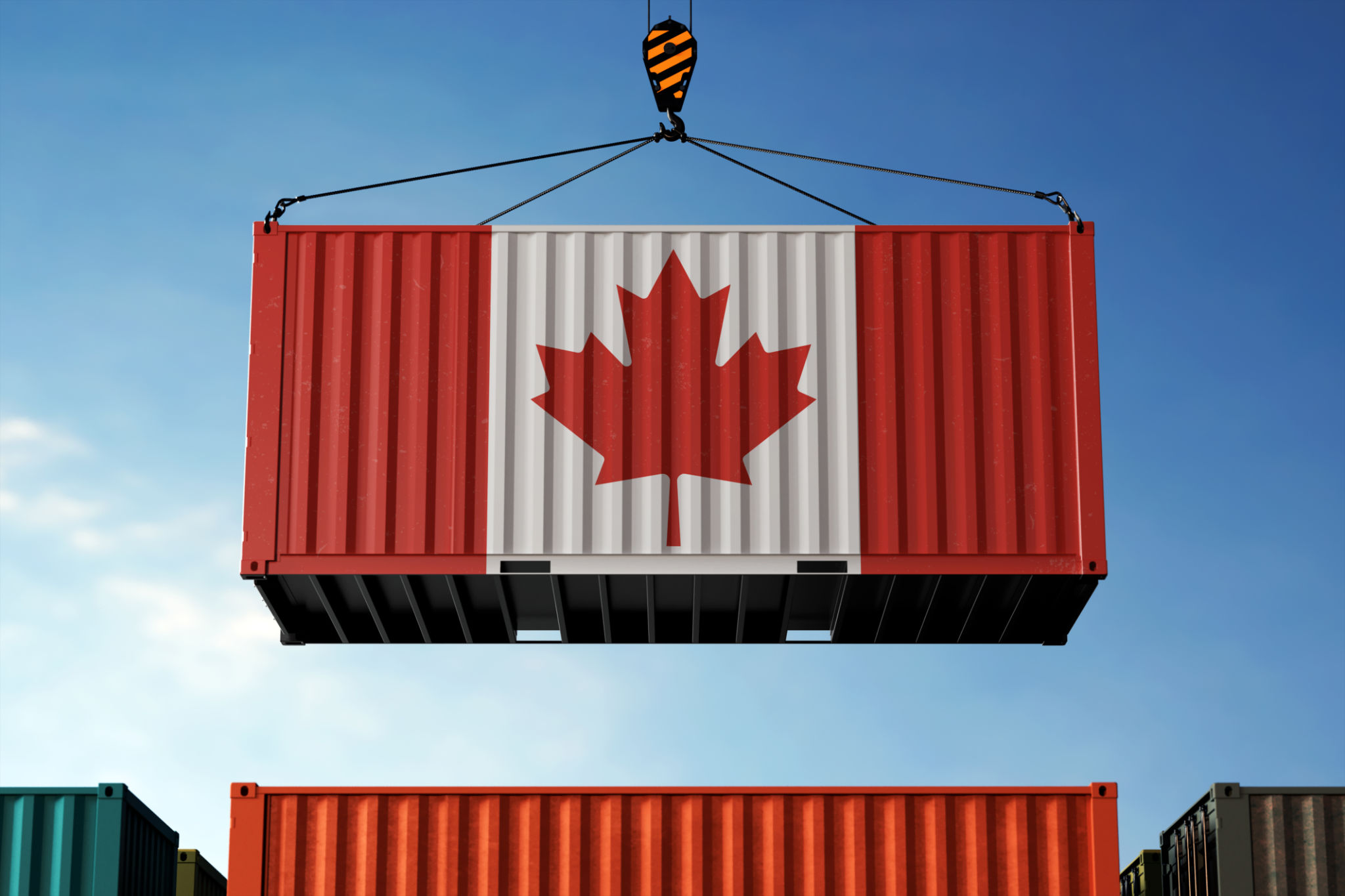Freight Dispatch in the US: Navigating Cross-Border Challenges
Understanding Freight Dispatch in the US
Freight dispatch is a vital component of the transportation industry in the United States, encompassing the coordination and management of logistics for goods shipment. This process becomes increasingly complex when dealing with cross-border transportation, as additional regulatory and logistical challenges arise. Navigating these complexities requires a keen understanding of both domestic and international regulations, as well as adept logistical planning.

Regulatory Challenges in Cross-Border Freight
When dispatching freight across borders, one of the primary challenges is ensuring compliance with the various regulations that govern international trade. Each country has its own set of customs rules and documentation requirements. In the US, this means understanding not only federal regulations but also the specific requirements of the destination country.
Key documents often required include commercial invoices, packing lists, and certificates of origin. Additionally, staying updated on tariffs and trade agreements is crucial, as these can significantly impact cost and delivery timelines. Implementing a systematic approach to compliance can help mitigate delays and ensure smooth cross-border transactions.

Logistical Challenges in Cross-Border Freight
Beyond regulatory concerns, logistical challenges also play a significant role in cross-border freight dispatch. Effective route planning is essential to avoid unnecessary delays and optimize delivery times. Dispatchers must consider various factors, including road conditions, border wait times, and potential geopolitical issues that might affect transit.
Utilizing sophisticated logistics software can aid in route optimization and real-time tracking, offering dispatchers greater control over the shipment process. Moreover, partnering with reliable carriers who have experience in international transport can further streamline operations by ensuring that all parties are well-versed in handling cross-border shipments.

Technology's Role in Easing Cross-Border Challenges
The integration of technology into freight dispatch has revolutionized the way cross-border challenges are managed. Advanced tracking systems provide real-time updates, enhancing transparency and communication among all stakeholders involved in the shipment process. This visibility allows for quicker decision-making and problem resolution.
Additionally, automated documentation systems reduce the risk of human error in paperwork, ensuring that all necessary customs documentation is accurate and readily available. Such technological advancements not only improve efficiency but also build trust with clients by ensuring reliable service delivery.

Building Strong Partnerships
In the realm of cross-border freight dispatch, fostering strong partnerships with customs brokers, logistics providers, and local authorities can be invaluable. These relationships help in navigating the intricacies of foreign markets and provide insights into best practices for compliance and logistics management.
Working with partners who have deep knowledge of specific regions can provide a competitive edge, allowing dispatchers to anticipate potential challenges and develop proactive strategies to address them. By leveraging these partnerships, companies can improve their operational efficiency and customer satisfaction.
Conclusion: Navigating Cross-Border Freight with Confidence
While cross-border freight dispatch in the US presents several challenges, understanding and addressing these issues is essential for successful international trade operations. By focusing on regulatory compliance, logistical efficiency, technology integration, and partnership building, companies can confidently navigate the complexities of international shipping.
The dynamic nature of global trade demands adaptability and continuous improvement. By staying informed and utilizing available resources effectively, freight dispatchers can ensure that goods move seamlessly across borders, contributing to a thriving global economy.
